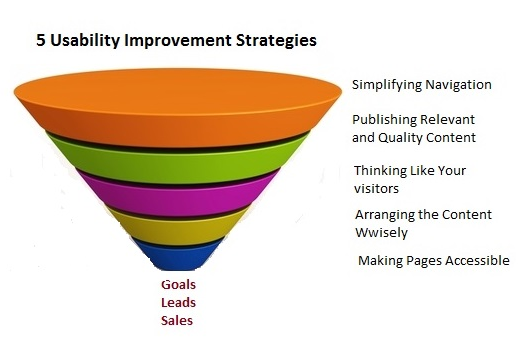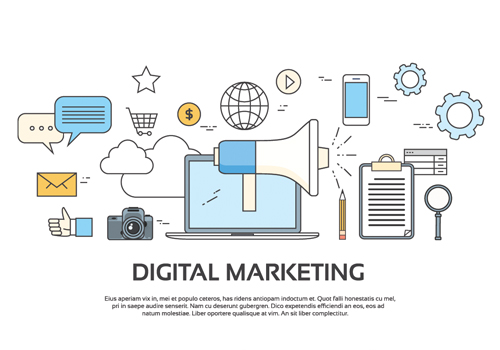It’s not enough that you have a visually appealing site that pushes all the right buttons when it comes to branding and business image. Your web asset should also be navigable, relevant, easy to use, and functional in order to optimize conversion. Usability is a key aspect of website success because a usable site can result not only in better conversions, but in greater consumer satisfaction—something that every business strives for to achieve overall success and growth. In fact, studies show that redesigning web usability strategies can significantly improve overall business metrics, which can further result in a domino effect of nothing but positive changes for websites.
Website usability offers a wide range of benefits to businesses. Not only does it help lower costs of website re-development (identifying usability problems early on will save you a great deal on redesign costs), it also enhances retention rates, reduces cart abandonment, improves brand image, and ultimately increases conversions and sales. The following are several usability improvement strategies you shouldn’t ignore if you want to make your site more profitable:

- Simplifying navigation – ‘Less is more’, is a good mantra to follow when it comes to modern web design. If you want to improve your website’s usability, think simple and straightforward. The faster, the users and visitors can find and get to the information they need, the more usable they will deem your site to be. Thus, raising their satisfaction levels, and encouraging them to stay even longer to explore what else your website/business can offer. One key to website usability is developing pages that are hassle-free to navigate—ones which users can look at one time and understand immediately where they need to click.
- Publishing relevant and quality content – Your web content quality says a lot about your business. Apart from maintaining good proof reading, spelling usage, and grammar, it is critical that you ensure your content’s readability. This means avoiding complicated vocabulary, unnecessary information, and difficult to read sentences. Content must always be concise and to the point and must tell visitors exactly what they need to know. There are readability testing tools that you can use to help you make writing improvements that will transform your content into more readable forms.
- Thinking like your visitors – Develop a site with your users in mind. Apart from making your web asset search engine friendly, you should design it in a way that will be useful for the end users. The best way to do this is to look at things from the perspective of a potential visitor who may be entering your site for the first time. Prior testing will reveal important things you should make adjustments to in order to make your features and functions more accessible to users. If you were in your visitors’ shoes, would you enjoy navigating through the website? Would you be pleased with the design? Is it eye catching enough? Is the information organized? Would you enjoy reading from your site? Will an average user find the information they are looking for easily? These are only some of the most important questions you should ask yourself when designing for usability.
- Arranging the content wisely – Of the time that web users spend on a web page, 80 percent is wasted at looking at information on the topmost part of the page. This is something you should remember when laying out important information you absolutely want your visitors to see.
- Making pages accessible –More people now access websites on their mobile devices than they do on their desktops and personal computers. To address this, design your website in a way that will make it accessible to mobile users (which is most probably the majority of your target audience).







